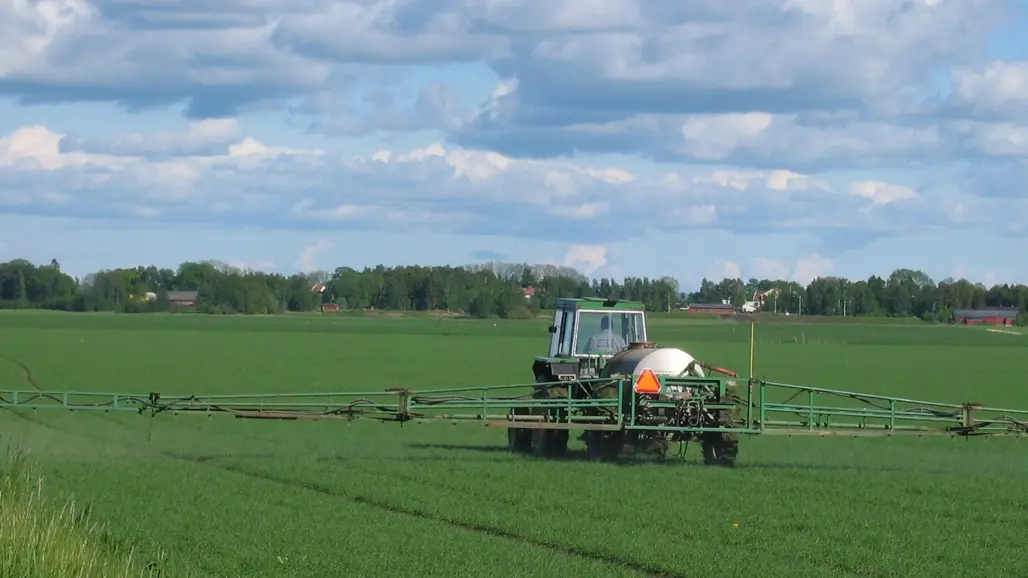The EU sets the framework for the regulations concerning pesticides in its member countries. For pesticides, regulation (EC) 1107/2009 on the use of plant protection products applies. It regulates e.g. the products which may be sold and used within the EU. The regulations aim to minimise the environmental and health risks, but also to remove barriers to trade in pesticides between countries. The EU body for food security, EFSA, carries out risk assessments during pre-approval testing of active compounds. A major review of all pesticides 1998-2009 resulted in only one-quarter of the existing compounds within the EU having their approved status confirmed.
Since 2011, harmonisation of the pesticides used in the EU member countries has been underway. The EU is divided into three zones for this purpose, with Sweden allocated to the northern zone together with Denmark, Finland, Estonia, Latvia and Lithuania. New products are tested by one country in each zone and approval applies for all countries within that zone. For existing products, the parties involved can apply for mutual recognition to sell a product that is approved in another country within the zone.
Rules for safer use
2009 saw the release of an EU framework directive, 2009/128/EC, for the sustainable use of pesticides. The directive aims to achieve sustainable use of pesticides by minimising the risks and consequences that the use of pesticides brings for human health and the environment. This is achieved through common regulations on the use of pesticides, for example function tests on agricultural sprayers should be compulsory. In Sweden, these tests are currently voluntary. An important part of the sustainability directive is that from 2014, so-called integrated pest management (IPM) must be applied. This means that preventative and non-chemical methods must be used in the first instance. The aim with this is to decrease the amount of chemical plant protection products used. All countries must produce an action plan for the sustainable use of plant protection products. Responsibility for the Swedish action plan lies with the Swedish Board of Agriculture.
